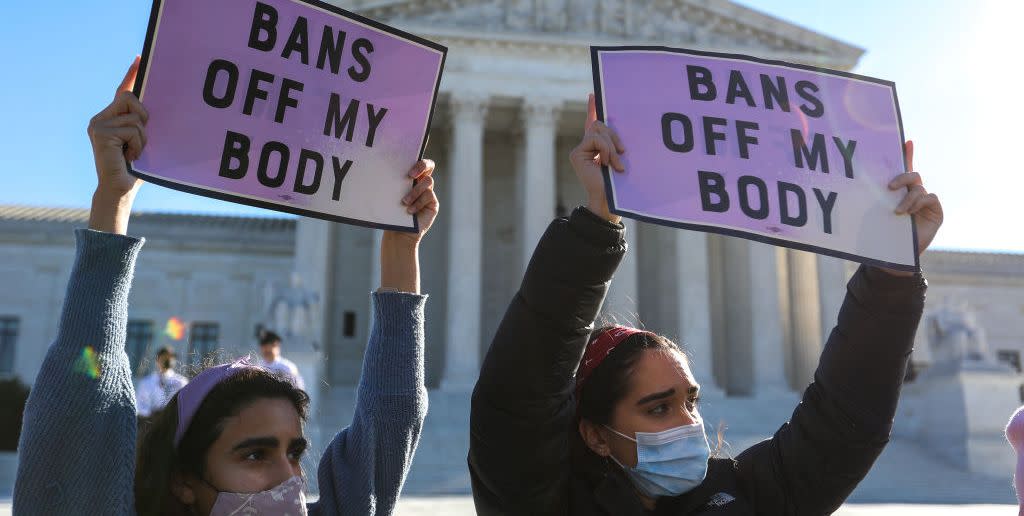Roe v. Wade Has Been Overturned

Abortion is no longer a constitutionally protected right for women in the United States.
Today, the Supreme Court voted to overturn Roe v. Wade, the landmark 1973 Supreme Court case that protected a person's right to terminate a pregnancy.
News of a possible overturn by SCOTUS initially broke in May, when Politico published a leaked draft majority decision. The Supreme Court verified that the document was authentic, but said it did "not represent a decision by the Court or the final position of any member on the issues in the case."
The end of Roe v. Wade marks a step back for the United States and means that pregnant women wishing to obtain abortions will now have to adhere to their states' laws on the matter, as state governments will have the power to ban or protect abortion rights for their residents.
The highly controversial decision comes after the state of Mississippi asked the Supreme Court to uphold its unconstitutional abortion ban at 15 weeks of pregnancy. It also comes after Texas passed one of the most restrictive abortion laws the U.S. has seen in years, banning most abortions after six weeks of pregnancy—before many women even realize they are pregnant.
This country has not seen such an attack on abortion rights in nearly half a century, so what's changed? Today, the Supreme Court is predominantly conservative, with three new judges who are famously opposed to abortion—Neil Gorsuch, Brett Kavanaugh, and Amy Coney Barrett—and three others who have previously voted against it.
You Might Also Like

